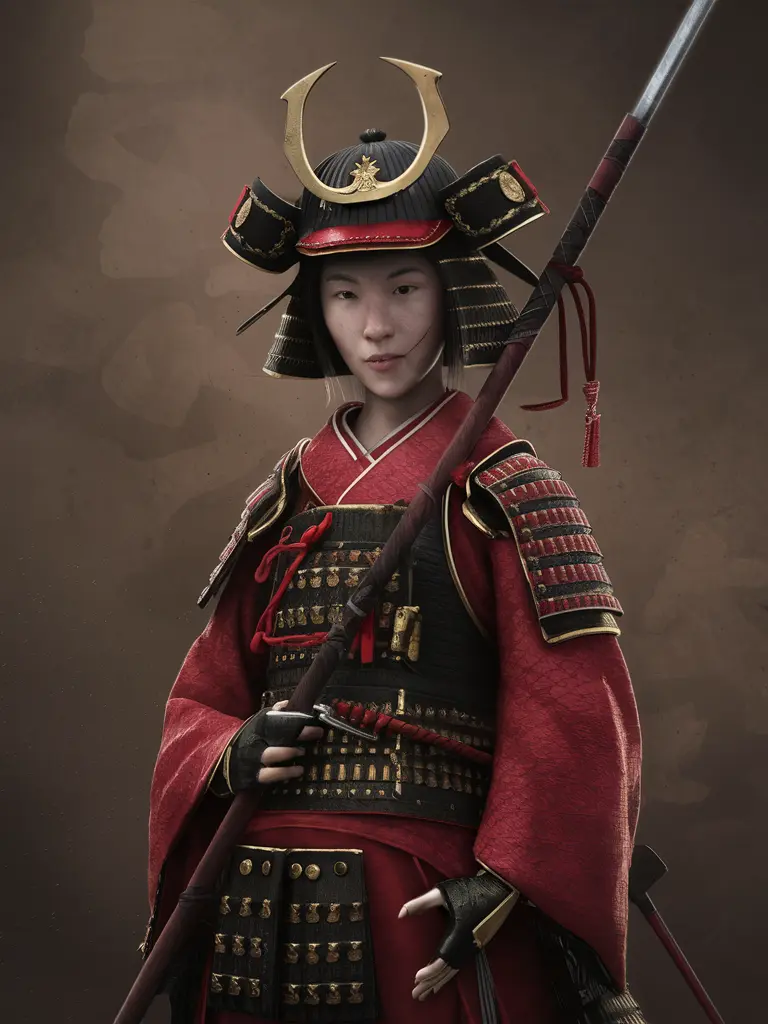11 More Shocking Samurai Secrets Almost No One Knows

Part 1 busted some real samurai myths. But wild samurai surprises remain.
Next: Their mind games before bloodshed. The sword before the katana ruled. Their last doomed revolt.
Get the scoop on their wacky hairstyles and strange pay too. No more lies about these crazy contradictions in warriors.
11. Legions of the Rising Sun
Forget the myth of the lone samurai wandering the countryside. In reality, these warriors were part of highly organized units with coordinated tactics akin to Roman legions. Their fighting prowess was amplified through disciplined formations and strategies.
10. From Servants to Nobles
The revered samurai warrior class had surprisingly humble beginnings. The first samurai were essentially field servants and minor tribal warriors who earned higher status through their skills with the blade. It's an inspirational rise from obscurity to become the vanguard of Japanese feudal culture.
9. The No-Stink Diet
When preparing for battle, a samurai's diet was no ordinary affair. They carefully avoided strong-smelling foods like garlic and leeks to prevent body odor from giving away their position to enemies. Talk about taking stealth to a whole new level! Who knew meal choices could be a tactical weapon?
8. Poetic Last Words
Even in the face of death, the samurai found space for art and philosophy. It was common practice to compose a "death poem" - a final haiku or tanka - before entering battle or committing the ritual suicide of seppuku. These literary last words reflected the warriors' profound cultural depth.
7. Sword Slayers at the Crossroads
As masterful as the samurai code was, it had its darker chapters too. There existed a disturbing group known as the "tsujigiri" or "crossroads killers" who tested newly forged blades by slaying unsuspecting travelers. This savage practice was eventually outlawed but revealed the brutal realities behind the romanticized ideal.

6. Warrior Women of the Naginata
While uncommon, the legends of female samurai - the "Onna-Bugeisha" - were far from myth. These warrior women took up naginata spears alongside their male counterparts, proving the iconic bushido spirit transcended gender. With fierce skills rivaling any man's, they shattered expectations on the battlefield.
5. Ancestral Intimidation
The samurai's fearsome reputation went beyond pure physicality - it was also a psychological game. Before battles, they would loudly shout their family names and list off ancestors to intimidate foes while honoring their lineages. Talk about an imposing pre-fight ritual!
4. Before the Katana Reigned
As iconic as the katana is today, this legendary sword wasn't always the samurai's weapon of choice. Prior to the 15th century, they were more likely to wield bows, spears, or naginata polearms, with the katana initially serving a ceremonial role. The evolution of their armaments is fascinating history.
3. Blades Bloodied for Battle
To ensure their katanas could stand the test of combat, samurai engaged in the grisly practice of tameshigiri - testing newly forged blades by cutting through bodies of convicted criminals. As gruesome as it was, this morbid quality check highlighted their ruthless commitment to battle-readiness.
2. The Functional Topknot
That signature samurai topknot wasn't just for looks. The chonmage hairstyle served the practical purpose of helping secure the warrior's helmet firmly in place during the chaos of battle. Style meeting function - the samurai knew no half-measures!
1. Dagger of Dignity
While the iconic katana grabbed all the glory, the humble wakizashi dagger played a role just as vital. Samurai carried this smaller secondary blade not just for close-quarters combat, but as the instrument of seppuku - the ritualistic suicide to regain honor after disgrace. The wakizashi was literally the razor's edge of the bushido code.
